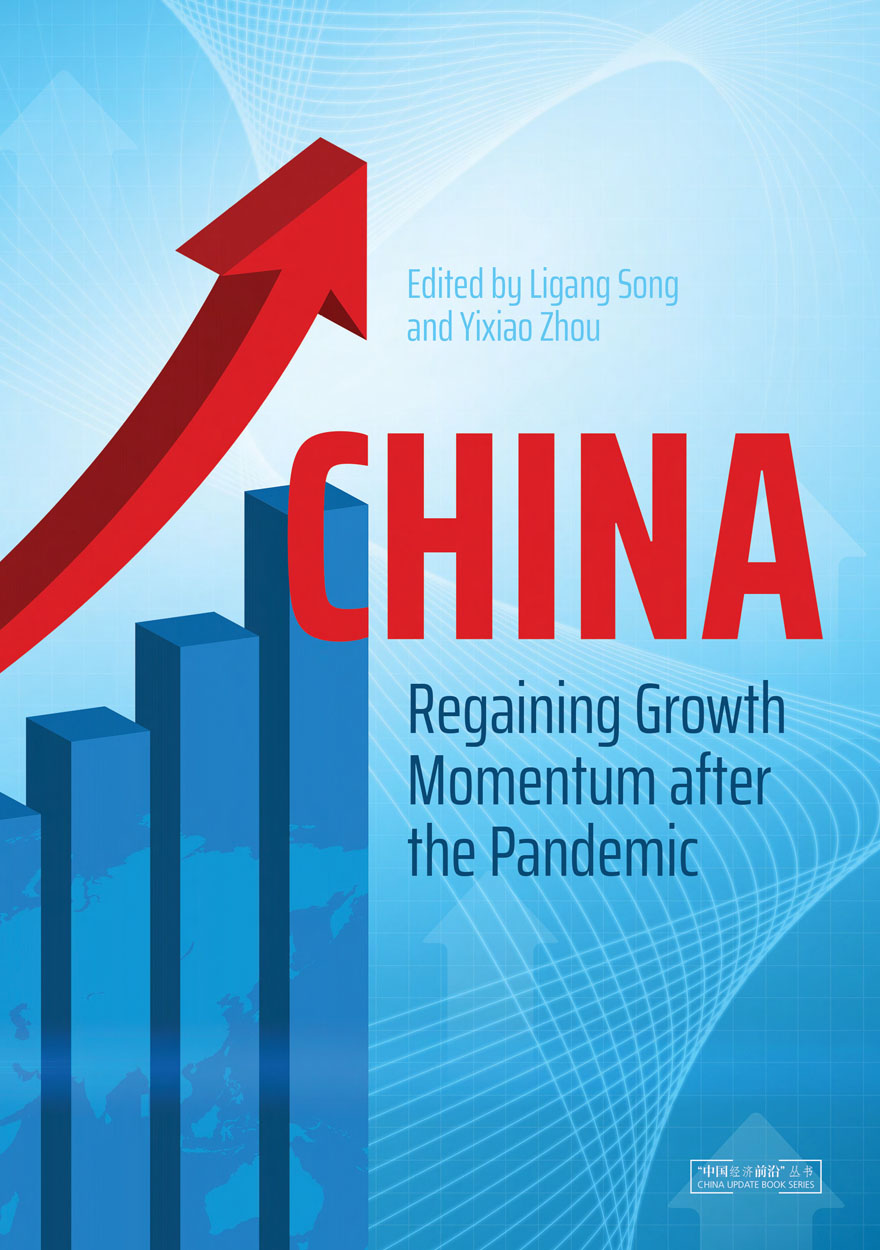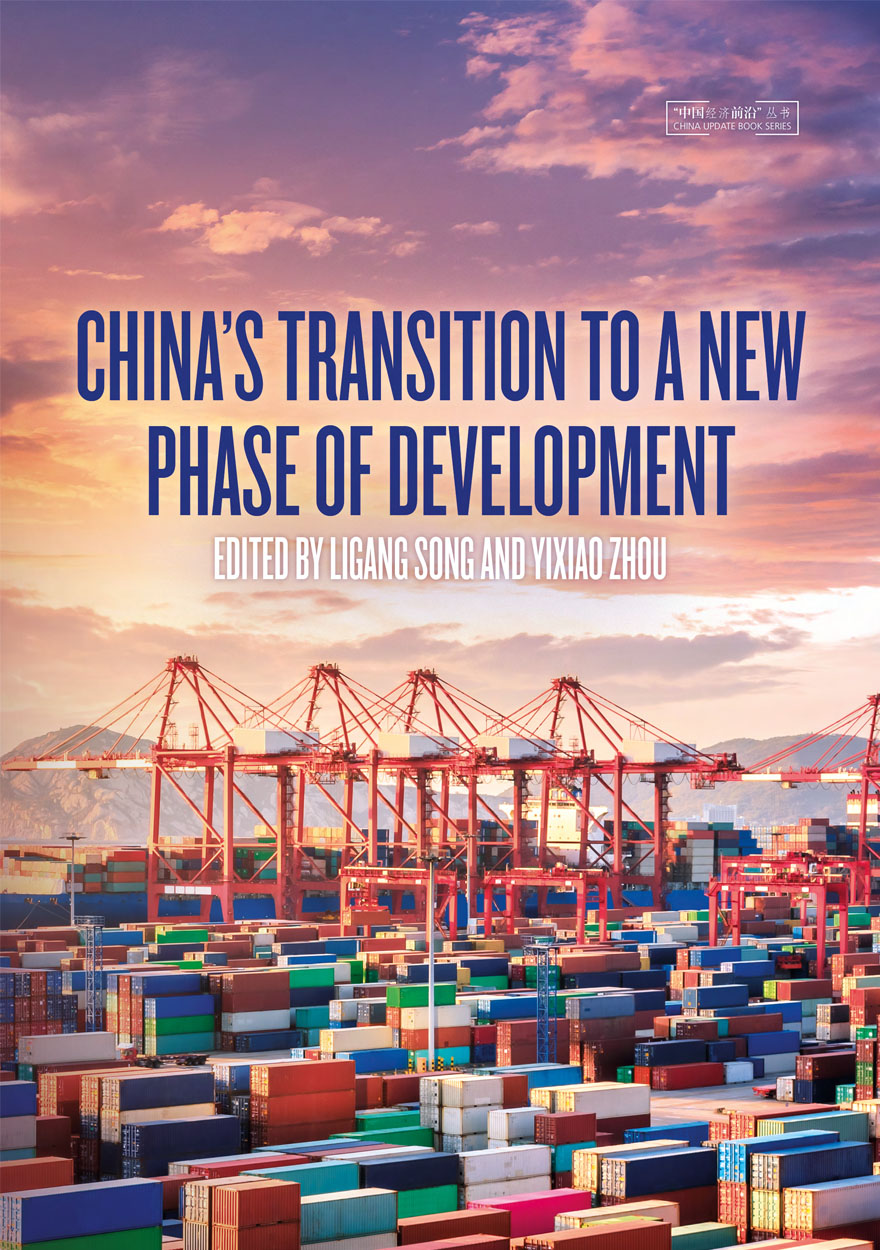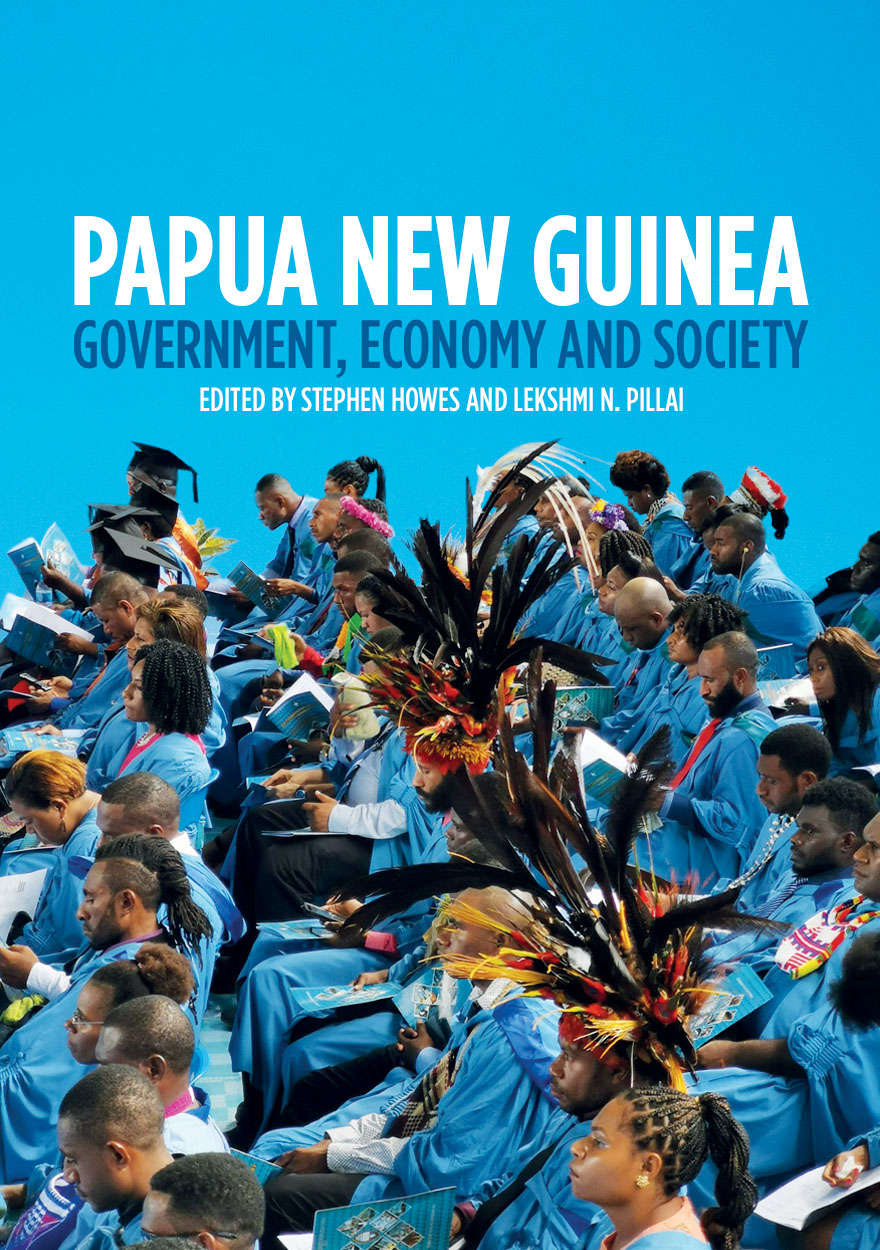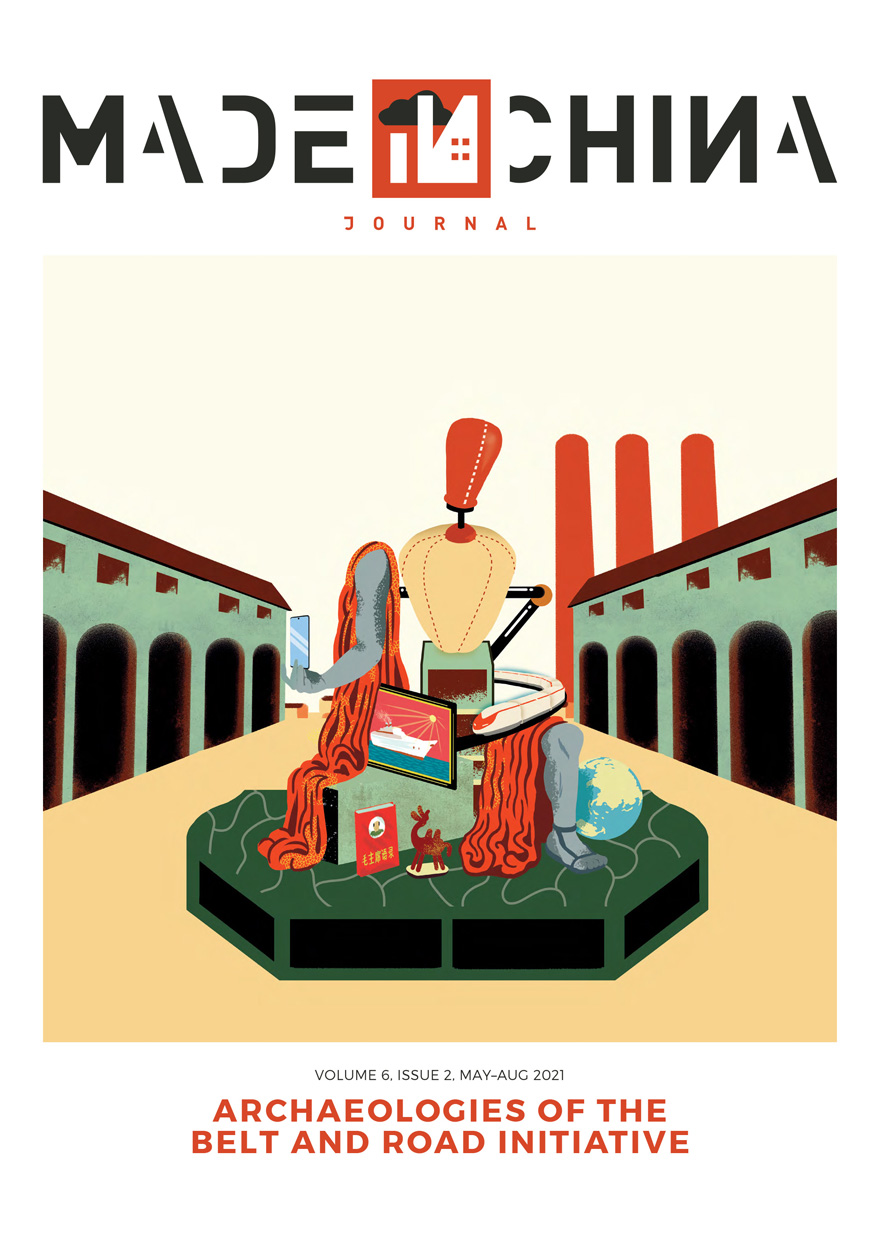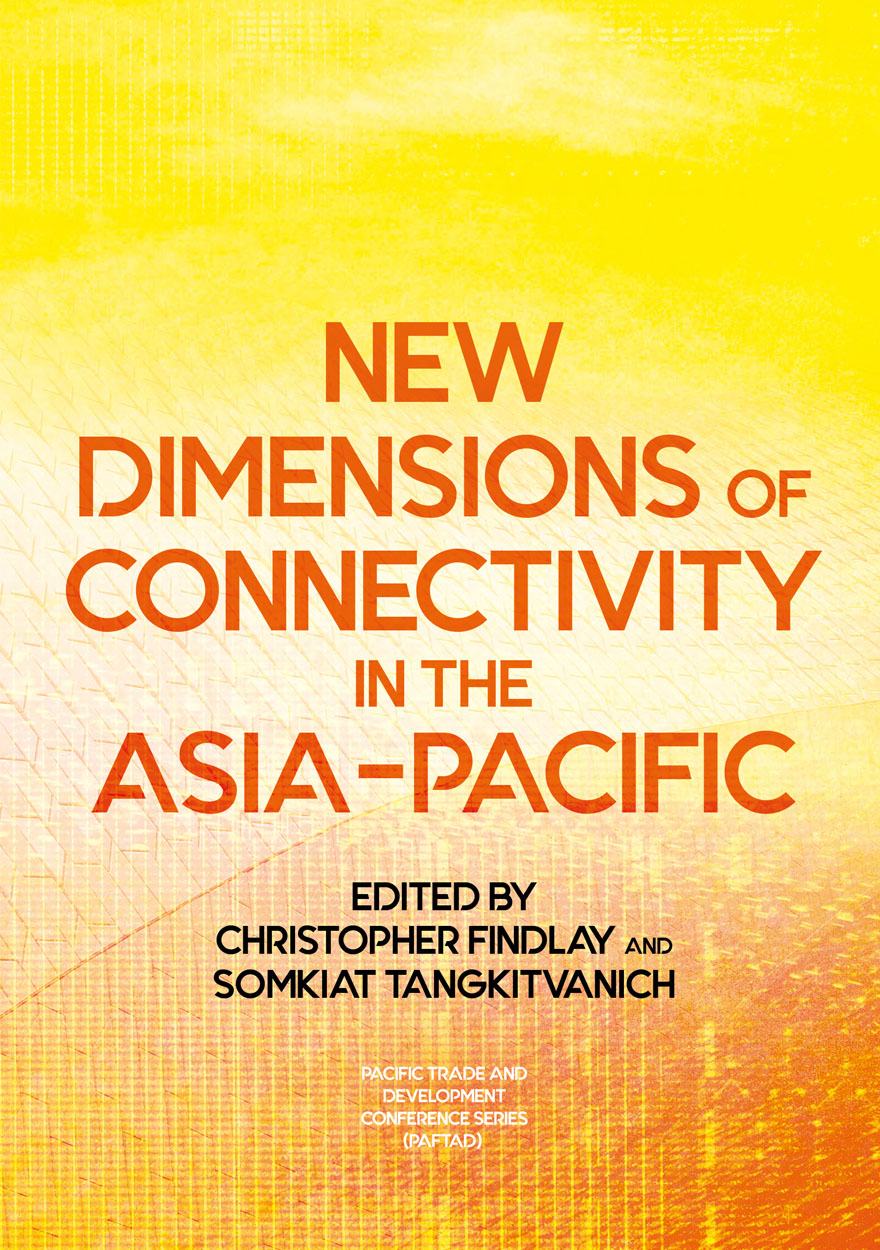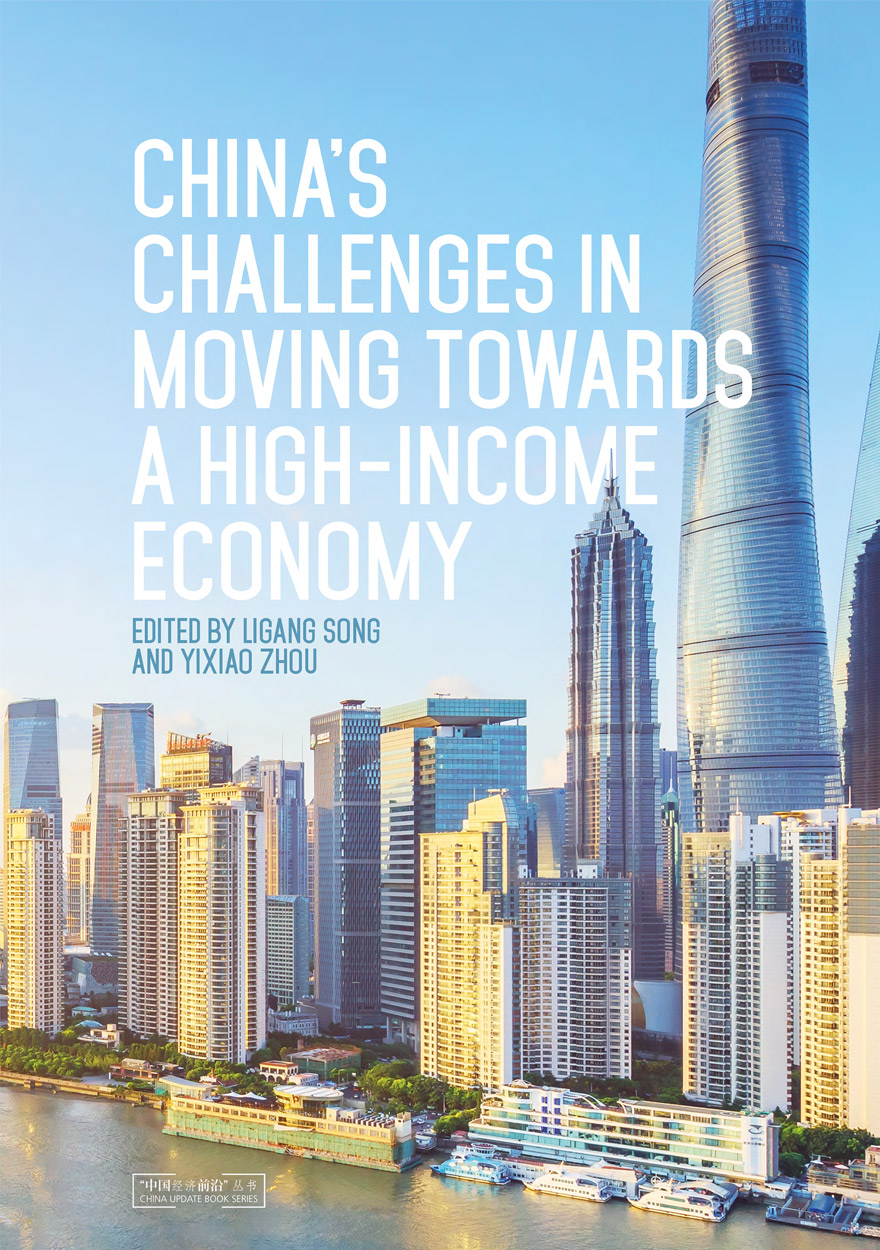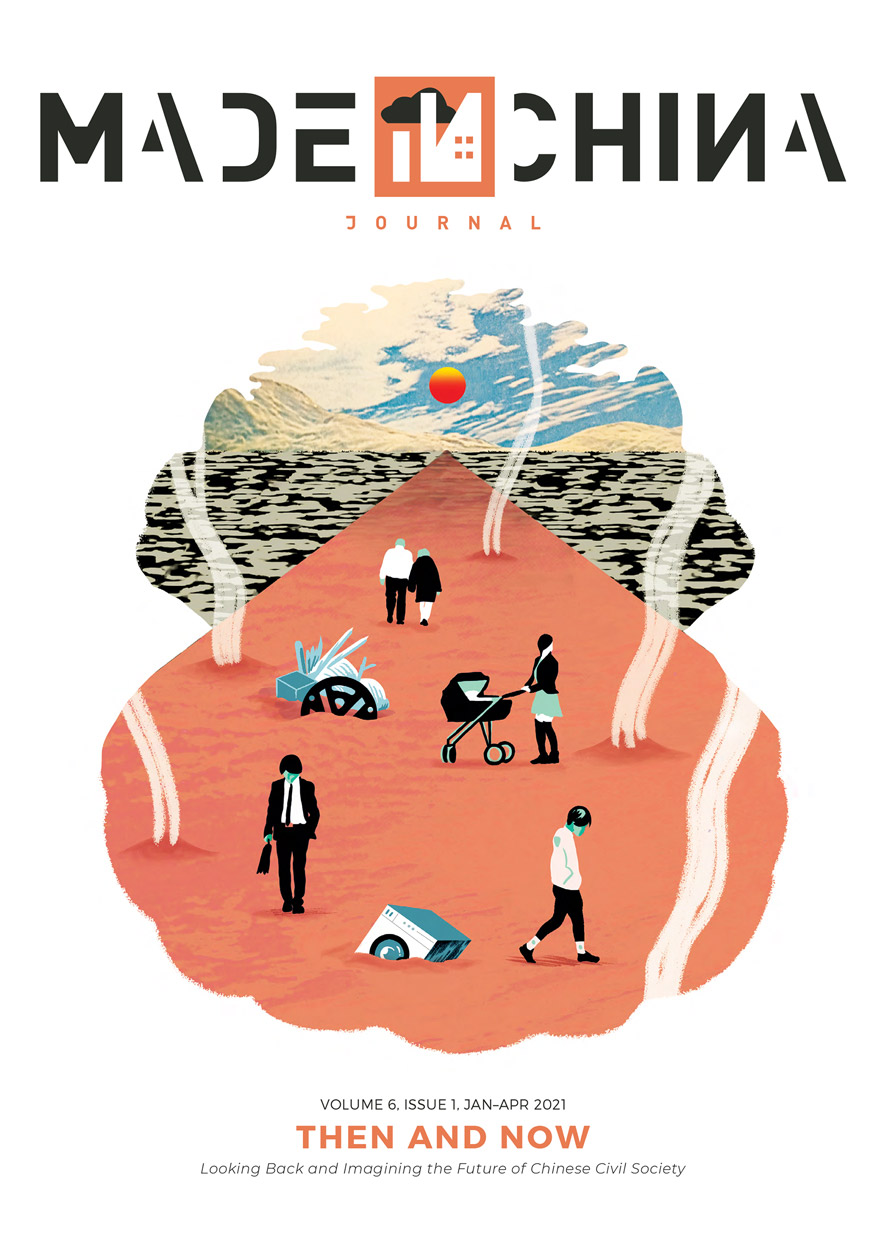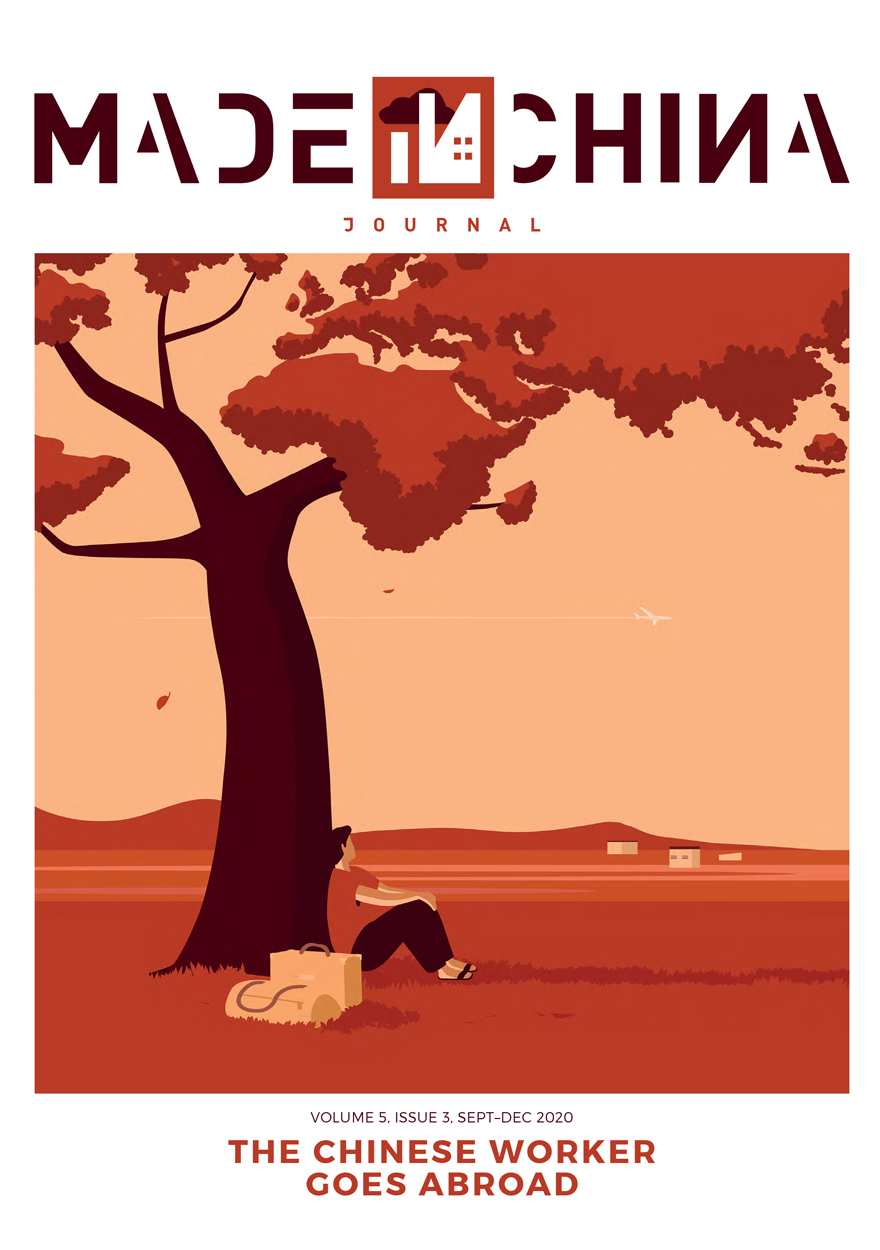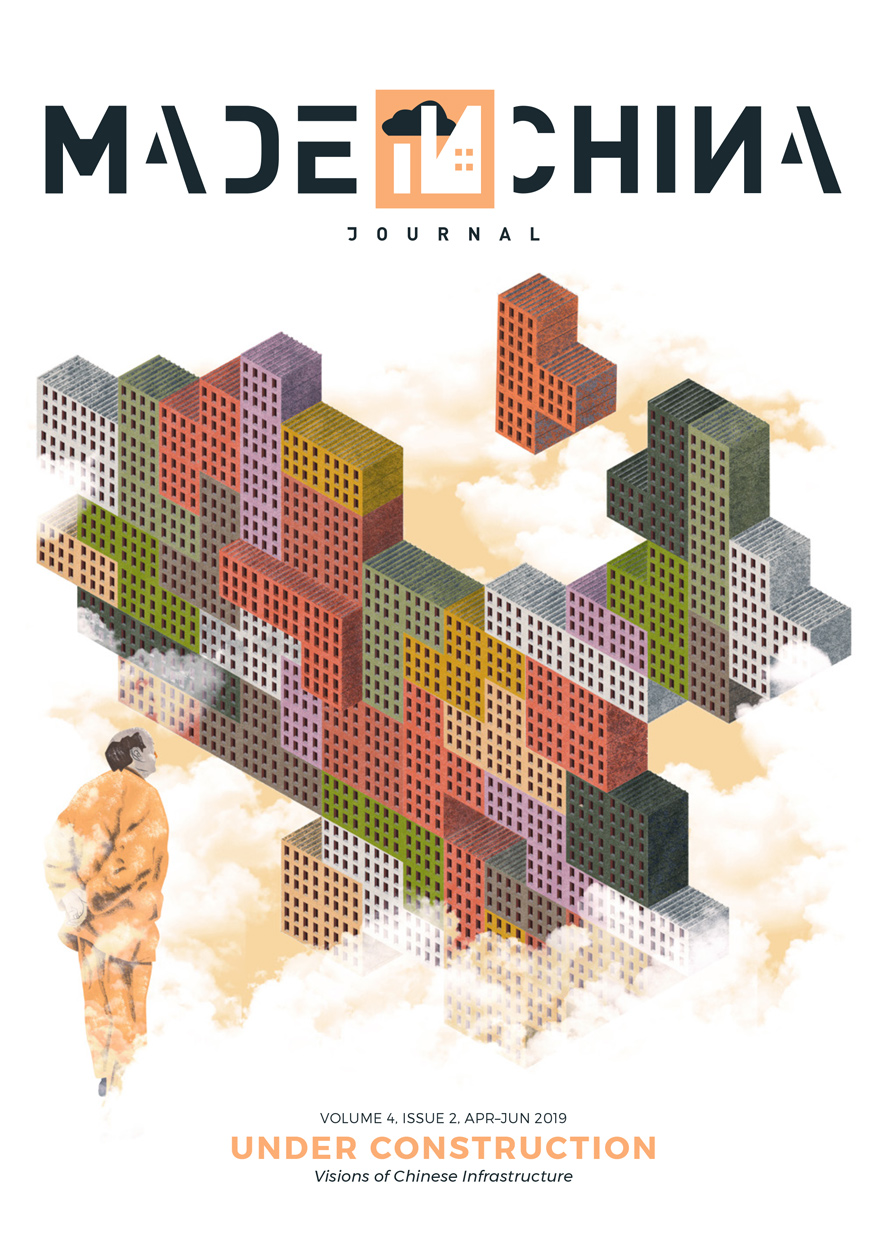
Made in China Journal: Volume 4, Issue 2, 2019
Edited by: Ivan Franceschini, Nicholas LouberePlease read Conditions of use before downloading the formats.
Description
We shall sing the great masses shaken with work, pleasure, or rebellion: we shall sing the multicolored and polyphonic tidal waves of revolution in the modern metropolis; shall sing the vibrating nocturnal fervor of factories and shipyards burning under violent electrical moons; bloated railroad stations that devour smoking serpents; factories hanging from the sky by the twisting threads of spiraling smoke; bridges like gigantic gymnasts who span rivers, flashing at the sun with the gleam of a knife; adventurous steamships that scent the horizon, locomotives with their swollen chest, pawing the tracks like massive steel horses bridled with pipes, and the oscillating flight of airplanes, whose propeller flaps at the wind like a flag and seems to applaud like a delirious crowd.
— Filippo Tommaso Marinetti, The Manifesto of Futurism (1909, translated by R.W. Flint)
Although the smoking serpents of erstwhile have been replaced by the sinuous lines of aseptic high-speed trains, and steamships have long disappeared from the horizon, these words penned by an Italian poet at the beginning of the twentieth century are a surprisingly apt description of the infrastructural frenzy that has overcome China in recent history.
Rushing to catch up after the political turmoil of the twentieth century, over the past four decades the Chinese authorities have been remoulding the urban and rural landscapes in the service of economic growth. Starting from the township and village enterprises and special economic zones of the 1980s, factories have sprung up everywhere in China, boosting a new industrial revolution that has carried the country’s economic miracle well into this century. This was before the Party-state decided that it was time to launch a new green tidal wave of revolution in the now-postmodern metropolis, in an attempt to sever the pillars of spiralling smoke that used to link these plants to the sky (but in so doing, also forcing an entire working class to set their eyes to the ground).
New highways and high-speed railways now crisscross the country, enabling the great masses shaken with work, pleasure, and (little) rebellion to travel with an ease and a speed never experienced before. Bridges of unprecedented length span rivers and seas, bringing together places and people that do not always desire to be connected. If there is a place where the futurist utopia of the early twentieth century has come to fruition, it is China. It is to this infrastructural fever that we dedicate this issue of the Made in China Journal.
Details
- ISSN (print):
- 2652-6352
- ISSN (online):
- 2206-9119
- Publication date:
- Jun 2019
- Imprint:
- ANU Press
- DOI:
- http://doi.org/10.22459/MIC.04.02.2019
- Journal:
- Made in China Journal
- Disciplines:
- Business & Economics; Social Sciences: Politics & International Studies, Social Policy & Administration
- Countries:
- East Asia: China
PDF Chapters
Made in China Journal: Volume 4, Issue 2, 2019 »
Please read Conditions of use before downloading the formats.
If your web browser doesn't automatically open these files, please download a PDF reader application such as the free Adobe Acrobat Reader.
To copy a chapter DOI link, right-click (on a PC) or control+click (on a Mac) and then select ‘Copy link location’.
Op-eds
- The Legacy of May Fourth in China, a Century Later (PDF, 0.1MB) – Fabio Lanza doi
- Xi Jinping’s Succession: What Did the West Get Wrong? (PDF, 0.1MB) – Ling Li doi
- A Global Path through the Hong Kong Dilemma: Towards a New Internationalism (PDF, 0.2MB) – Jake Werner doi
- Painting in Grey and Permeating Gaps: Changing the Space for Chinese NGOs (PDF, 0.3MB) – Holly Snape doi
China Columns
- Good and Bad Muslims in Xinjiang (PDF, 0.5MB) – David Brophy doi
- The 996.ICU Movement in China: Changing Employment Relations and Labour Agency in the Tech Industry (PDF, 0.3MB) – Li Xiaotian doi
- Poor Attitudes towards the Poor: Conceptions of Poverty among the Rich and Powerful in China (PDF, 0.6MB) – Jasmine Wang doi
Focus
- China Made: Infrastructural Thinking in a Chinese Register (PDF, 0.1MB) – Tim Oakes doi
- What Kind of Model? Thinking about the Special Economic Zone and the Socialisty City (PDF, 0.7MB) – Jonathan Bach doi
- Futures and Ruins: The Politics, Aesthetics, and Temporality of Infrastructure (PDF, 1.0MB) – Tong Lam doi
- Digital Infrastructure in the Chinese Register (PDF, 0.8MB) – Hallam Stevens doi
- Between Poetics and Utility: Landscape Infrastructure in China (PDF, 1.0MB) – Dorothy Tang doi
- Invisible Labouring Bodies: Waste Work as Infrastructure in China (PDF, 0.5MB) – Amy Zhang doi
- Infrastructure of Desire: Rubble, Development, and Salvage Capitalism in Rural China (PDF, 0.9MB) – Alessandro Rippa doi
- Cosmic Infrastructure (PDF, 0.8MB) – Andrew Grant doi
Window on Asia
- South Korea’s Progressive Turn (PDF, 0.2MB) – Erik Mobrand doi
Work of Arts
- An Infrastructure for Autopoiesis: On Building a Sustainable Platform for Process-driven Artistic Research and Practice (PDF, 1.2MB) – Zandie Brockett and Alessandro Rolandi doi
- Autobiography, Exile, and Gender: A Conversation with Ying Liang (PDF, 0.6MB) – Zeng Jinyan and Ying Liang doi
Conversations
- Bullshit Jobs: A Conversation with David Graeber (PDF, 0.3MB) – David Graeber and Loretta Ieng Tak Lou doi
- City Making and Global Labour Regimes: A Conversation with Antonella Ceccagno (PDF, 0.2MB) – Ivan Franceschini and Antonella Ceccagno doi
- Contributor Bios (PDF, 0.3MB)
- Bibliography (PDF, 0.3MB)
Other publications that may interest you




